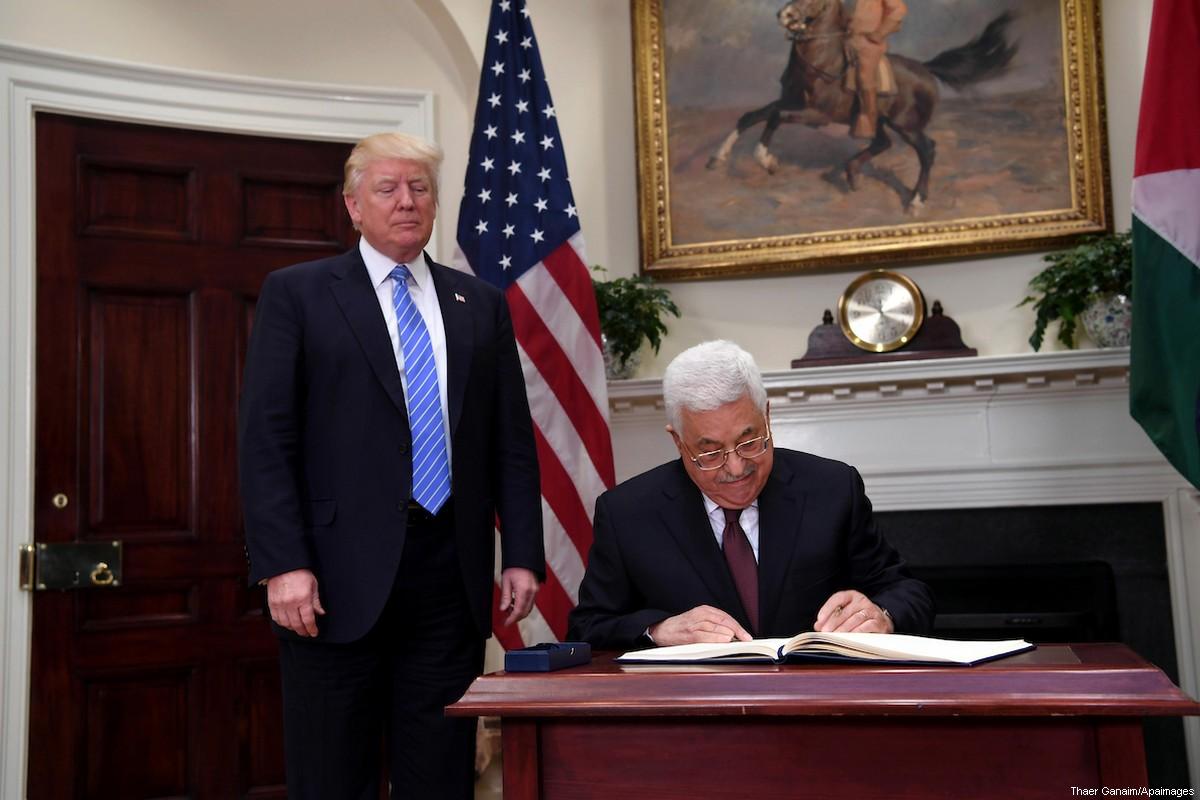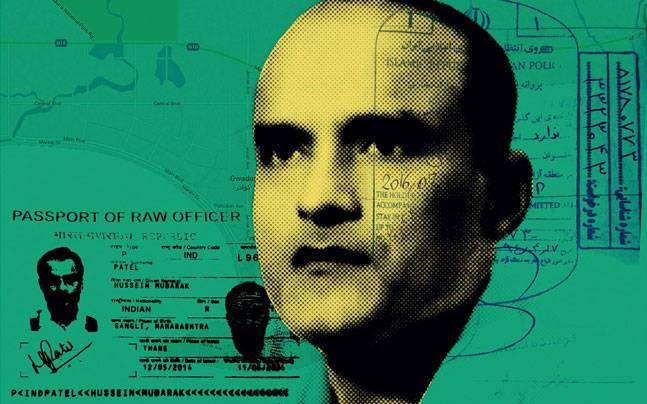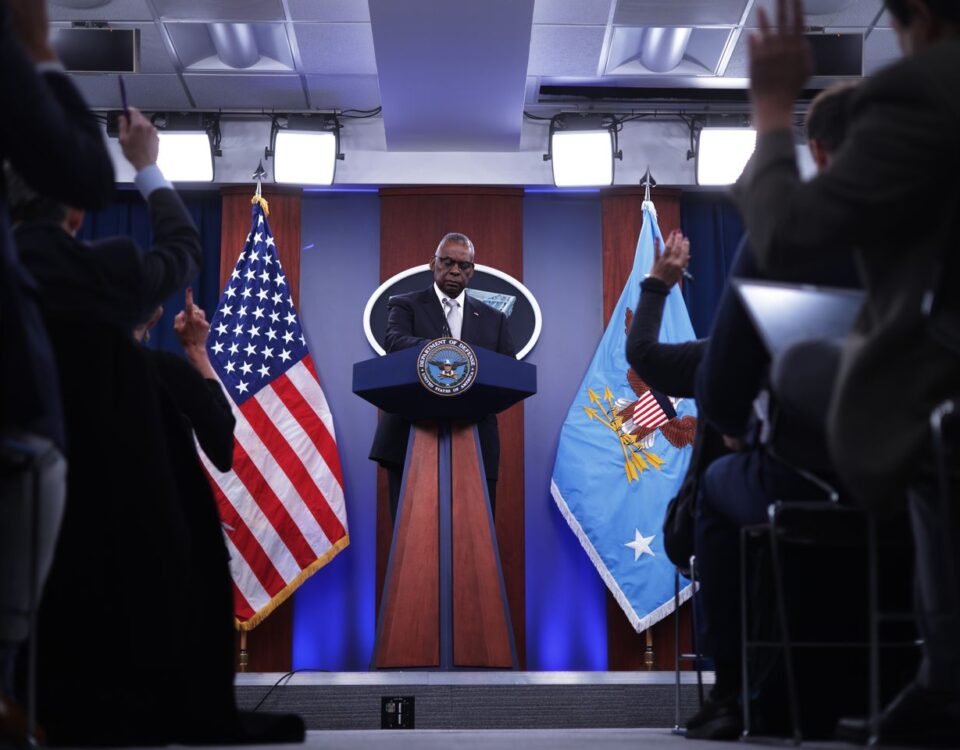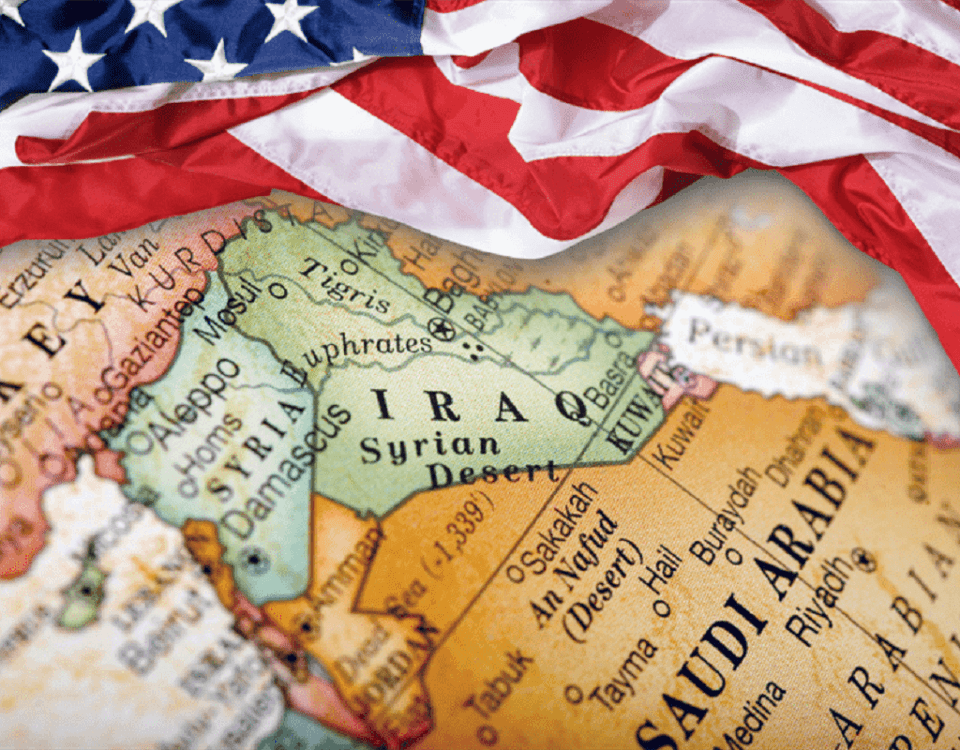
Cyber Warfare and Pakistan
September 23, 2018
U.S and Palestine under Trump: A roll back to Pre-Oslo times?
September 30, 2018
Indian security and foreign policy orientation has transformed under Modi administration. Narendra Modi became Prime Minister of India in 2014 after land slide victory of BJP (Baharatia Janata Party) to gain simple majority after 30 years in political history of India. Many Indian analysts called it making of third “epoch” in the history of India. It is argued with conviction that Modi’s accession to power has brought renewed vigour to foreign and security policy of India to achieve India’s long held dream of great power status through traditional hegemonic attempts which limit its viability.
Transformation in ‘joint military doctrine 2017’of India by including surgical strikes as conventional war operation is explicit facet of this emergent phenomenon. Recently, twice claimed by Indian Army Chief about surprise attack and punitive surgical strike against Pakistan around September 2018 reflect ambitious punitive war designs of India against Pakistan. This phenomenon has deep roots in transforming the foreign policy of India under the currents of Hindu nationalism and ambitions for great power status.
The security and foreign policy orientation under Modi administration has transformed from India’s legacy of the past. The Modi government skipped Non-alignment summit for the first time in the history of India in 2014. Indian Premier decided to not attend the summit while none of the key ministers of his administration have referred to the commitments of non-alignment. This is departure of India from classical Nehruvian approach to international relations. However, geography still leads as main determinant of Indian security calculus. Pakistan and China constitute as primary external threats while internal separatist movements constitute the other half front.
This conception of animosity and external threats has been engrained in strategic thought of security establishment of India. India claimed conduct of surgical strikes in September 2016 against Pakistan across LoC which were refuted by Pakistan. In 2017, Indian army chief, Gen Bapin Rawat was reported as being said ‘Indian Army is fully ready for a two-and-a-half front (China, Pakistan and internal security requirements simultaneously) war’. In September 2018, the initiative of PM Imran Khan’s elected government to restart dialogue with India has been sabotaged by Premier Modi’s government and Indian military-bureaucratic elite due to multiple reasons.
Given the domestic political compulsions of having general elections in next six months, domestic pressure of corruption scams against Modi government, juxtaposing of dialogue initiate with Indian jingoistic celebration of military surgical strikes of September 2016 against Pakistan and 73 UNGA session an expected source of embarrassment for India due to flaring human rights violations in Indian occupied Kashmir (IOK) paved path for cancellation of this dialogue. However, India has shifted its onus on Pakistan by the ill-conceived narrative of killing of Indian BSF soldier and sponsored terrorism in IoK as reason for cancellation of Pak-India foreign minister’s meetings. This state narrative of India has been criticised by Indian media and opposition parties as weak justification for cancellation of dialogue.
The only remaining source of providing legitimacy to Modi’s anti-Pakistan drive was armed forces of India and primarily its dominating organ, Indian army.
Now, the only remaining source of providing legitimacy to Modi’s anti-Pakistan drive was armed forces of India and primarily its dominating organ, Indian army. Between 20 and 22 September, Indian army chief has twice uttered jingoistic remarks of carrying out surgical strikes against Pakistan by maintaining secrecy as surprise attack and punitive action. He further said that Indian government’s decision of cancellation of Pak-India foreign minister meeting is legitimate. This statement can have political connotation as public consumption strategy of India but it can breed severe security fallout’s due to any strategic miscalculation.
The Modi administration has adopted coercive route of actions towards Pakistan. India cancelled foreign secretary level bilateral talks in 2014 by conditioning dialogue on Kashmir with first dialogue on terrorism. India used coercive tactics against neighbouring states of the region to refrain them from joining SAARC Islamabad summit 2016 which resulted in its postponement. After January 2016 Pathankot military base attack and September 2016 Uri military camp attack, India made controversial claims of militaristic surgical strikes against Pakistan.India claimed that Indian army entered into Pakistani territory and attacked perceived terrorist launching pads across Line of control (LoC). The claims were refuted by Pakistan. Pakistan’s armed forces PR organisation(ISPR)organised visit of International Journalists at the site as proof of Indian erroneous propaganda.
Since 2014, India increased tensions on line of control by increasing armed skirmishes against Pakistan as violation of 2013 ceasefire agreement. Pakistan’s foreign office spokesperson Dr. Mohammad Faisal told media on August18, 2018 that India violated LoC more than 1900 times in 2018 with 1970 violations in 2017 by targeting army and civilian population. This claim manifests that India is ambitious to develop network centric military power projection capabilities to carry out such operations as punitive and coercive measures against neighbours especially against Pakistan. India increased tensions on line of control by increasing armed skirmishes against Pakistan. This military escalation of India is strategic gamble given the nuclear dimension of South Asia.
Indian joint armed forces doctrine of 2017 has officially endorsed surgical strikes as a military strategy. Earlier doctrine was issued in 2006 but it was not well conceived and developed like aforementioned doctrine. This doctrine has incorporated “destruction” and “disruption” as two important military operations with varying degree of use of force. It emphasised on inter-connectivity as main driving feature of joint operation carried by conventional and unconventional forces of India. The doctrine cites destruction as complete annihilation of enemy in warfare while “disruption” accounts for controlled use of force as punitive measure. This reflects hegemonic ambitions of India by using limited war strategy against Pakistan by changing its name.
The doctrine cites “Disruption is a lower form of armed conflict designed to shatter the cohesion of an adversary’s military force to prevent it from functioning effectively in combat. It may be achieved by destroying elements essential for cohesion, such as the command and control (C2) systems. It may also be achieved by degrading the morale of the enemy or disrupting the decision making ability of the adversary without use of force.” This kind of warfare expounded by military doctrine of India reflects prevailing strategic thinking among political elite and security establishment of India.
Such kind of limited ware is based on unconventional means and fought in non-traditional manner. This kind of warfare resonates with the Kuatilya’s notion of silent war. It includes sedition, propaganda and psychological damage as tactics to internally weak enemy at the first stage and then carries out military offensive to destroy enemy’s defence forces command and control system. India has significantly modernised its defence forces in order to carry out such operations in the future under integrated command system with development (FISAS) future infantry soldier as a soldier as modernised land army to fight fifth generation warfare.
India’s military modernisation effort to project its power beyond national borders is creating instability in the region. It has initiated new tide of arms race in South Asia, deteriorated strategic stability in South Asia and instigated counter balance of power alignments and realignments in the region with increasing cooperation between Pakistan-China, Pakistan-Russia, India-Israel, India USA and increasing clout of SCO. This over ambitious approach of India can put peace and stability of South Asia in jeopardy.
Pakistan has responded the situation on diplomatic and strategic fronts. Politically, Pakistan’s leadership must garner support for its stance through multipronged diplomacy by taking advantage of sifting strategic engagements and realignments in the region. Strategically, with incorporation of tactical nuclear weapon defence system under the guideline of full spectrum deterrence doctrine Pakistan has communicate credibility of deterrence through multiple missile tests, military exercises and effective strategic communication to ensure security by lowering nuclear threshold.
But, Pakistan needs to be cautious about maintaining credibility of its deterrence through its effective communication in order to avert such deterrence failure. This is because such deterrence failures can be a strategic miscalculation on part of India and information failure on part of Pakistan. Therefore, Indian army chief’s ambitious punitive action statements must be cautiously taken, thoroughly deliberated and effectively responded by Pakistan through effective strategic management to avoid any crisis eroding strategic stability in nuclear South Asia.
By Ayaz Nazar
(The author holds M.Phil in IR from School of Politics and International Relations, Quaid-I-Azam University.He is currently engaged in independent research on Strategic Dimensions of Pakistan and Indian politics)






